Project: Empowering Evidence-Driven Advocacy
Fact Sheet. Funding Needed to Fully Implement Family Planning Services in Nandi
Family planning (FP) budget allocations have increased but remain small share of health budget
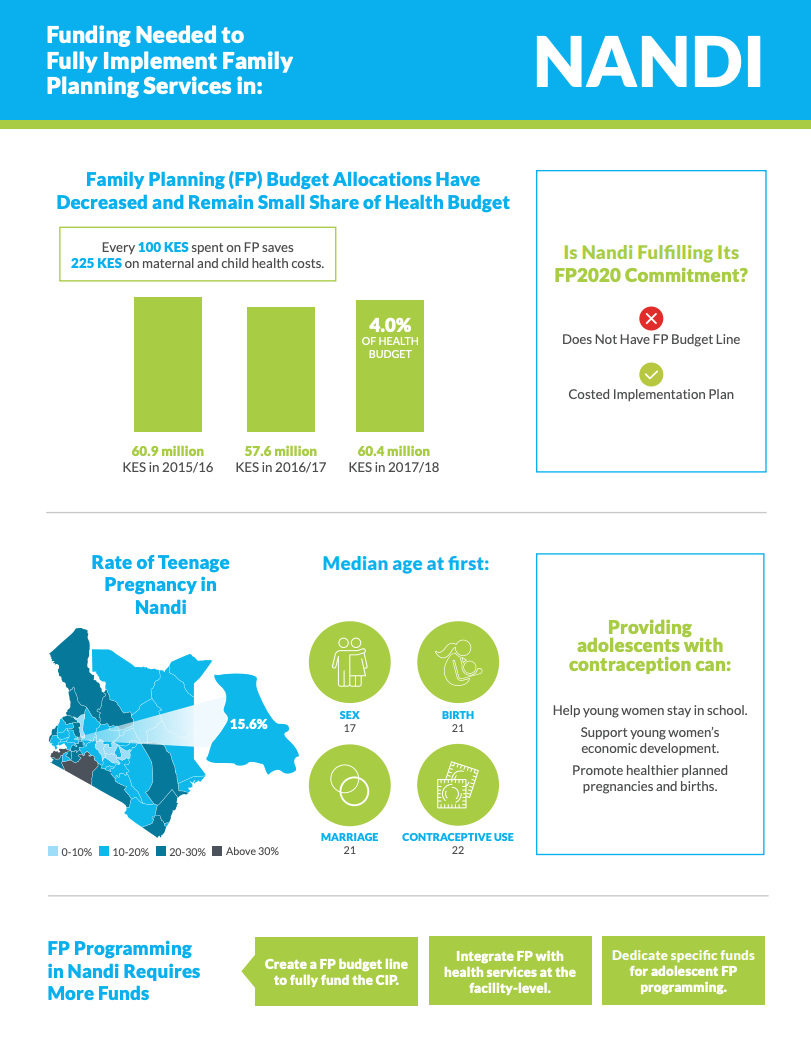
Project: Empowering Evidence-Driven Advocacy
Family planning (FP) budget allocations have increased but remain small share of health budget

Project: Center for Public Information on Population Research (CPIPR)
A temporary expansion of the child tax credit helped fuel a dramatic drop in child poverty in 2021.
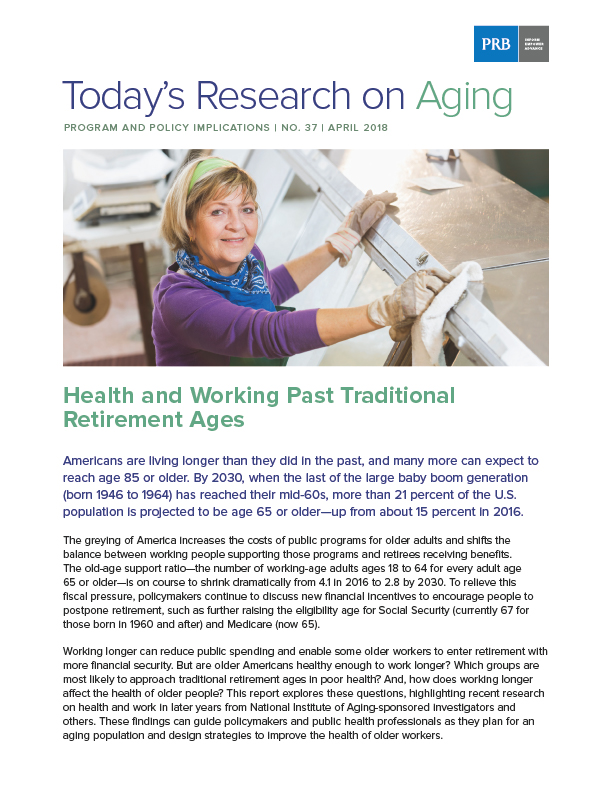
Project: Demography and Economics of Aging and Alzheimer’s Disease
(2018) Americans are living longer than they did in the past, and many more can expect to reach age 85 or older. By 2030, when the last of the large baby boom generation (born 1946 to 1964) has reached their mid-60s, more than 21 percent of the U.S. population is projected to be age 65 or older—up from about 15 percent in 2016.
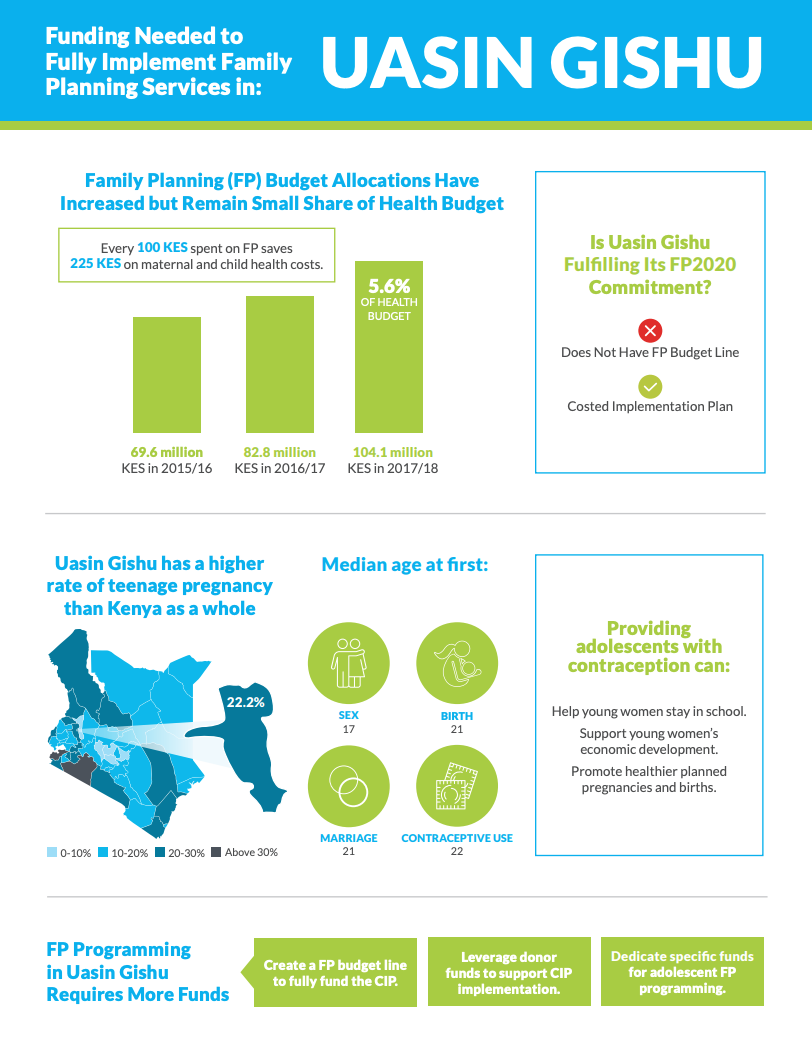
Project: Empowering Evidence-Driven Advocacy
Family planning (FP) budget allocations have increased but remain small share of health budget

Project: PACE: Policy, Advocacy, and Communication Enhanced for Population and Reproductive Health
This ENGAGE multimedia advocacy tool that builds awareness of the impact of rapid population growth on Zambia’s goal of becoming a prosperous upper middle-income country by 2030.
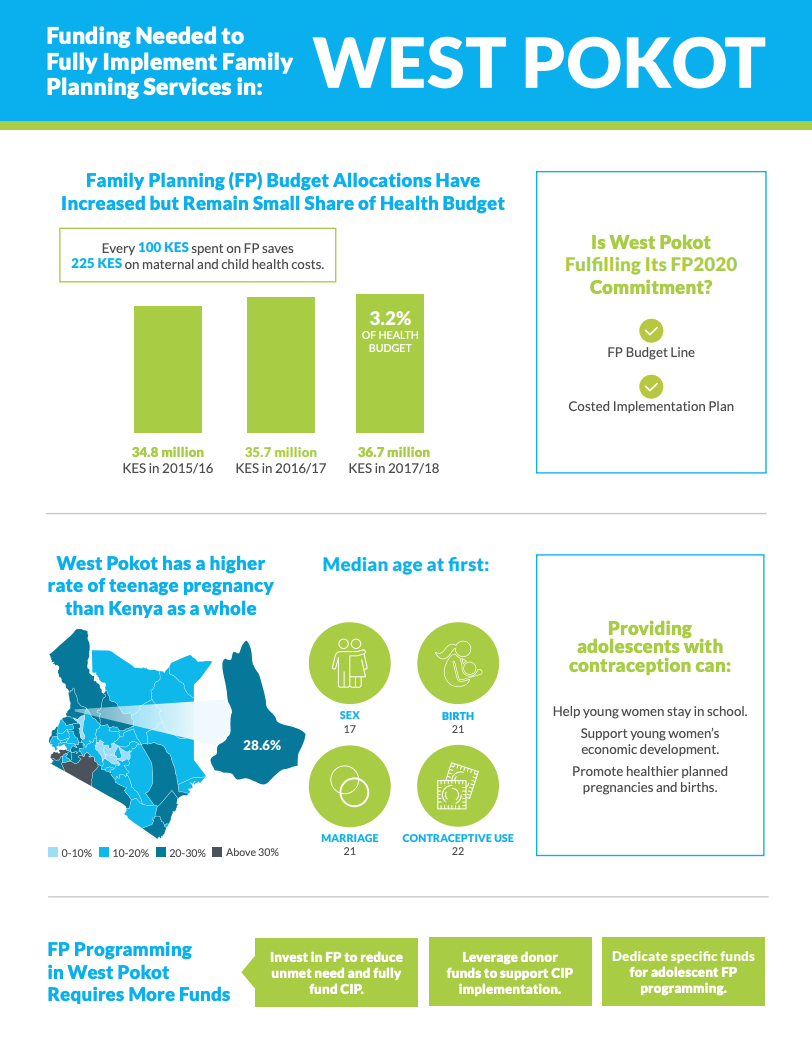
Project: Empowering Evidence-Driven Advocacy
Family planning (FP) budget allocations have increased but remain small share of health budget
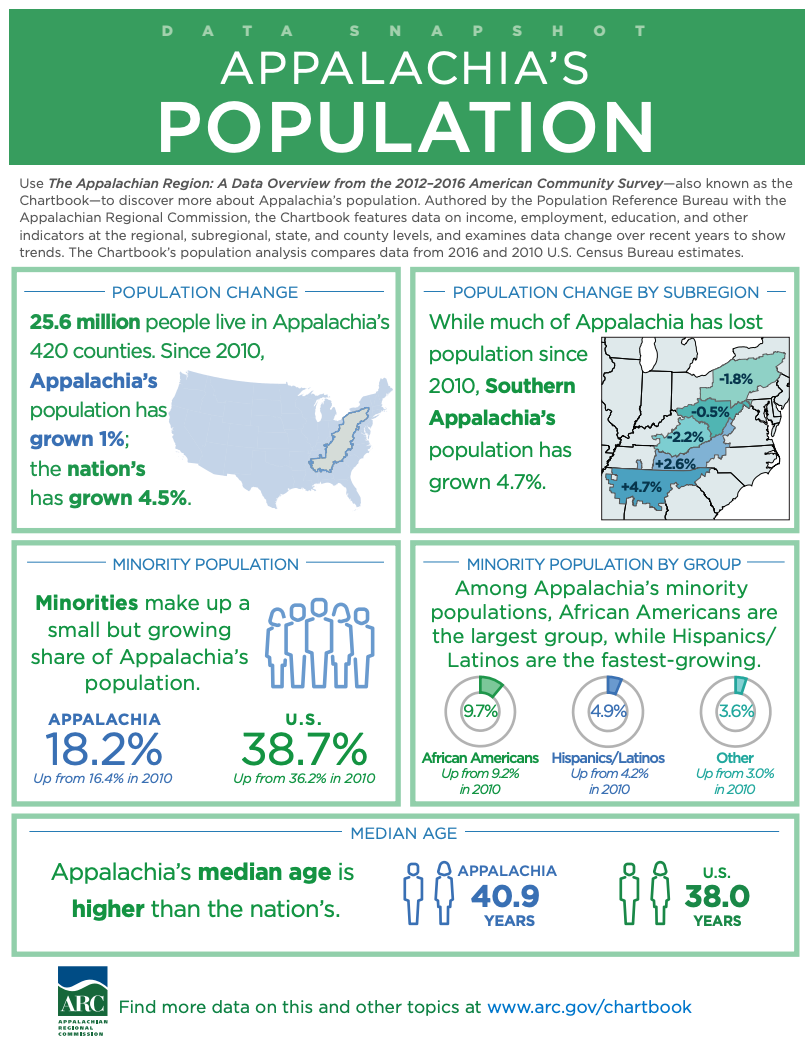
Project: Appalachia: Demographic and Socioeconomic Trends
(2018) Since 2010, Appalachia’s population has grown 1%; the nation’s has grown 4.5%. 25.6 million people live in Appalachia’s 420 counties.

By acknowledging the direct link between individuals and public policies, PRB reinforces the relevance of data, showing that every citizen has a stake in decisions grounded in facts.
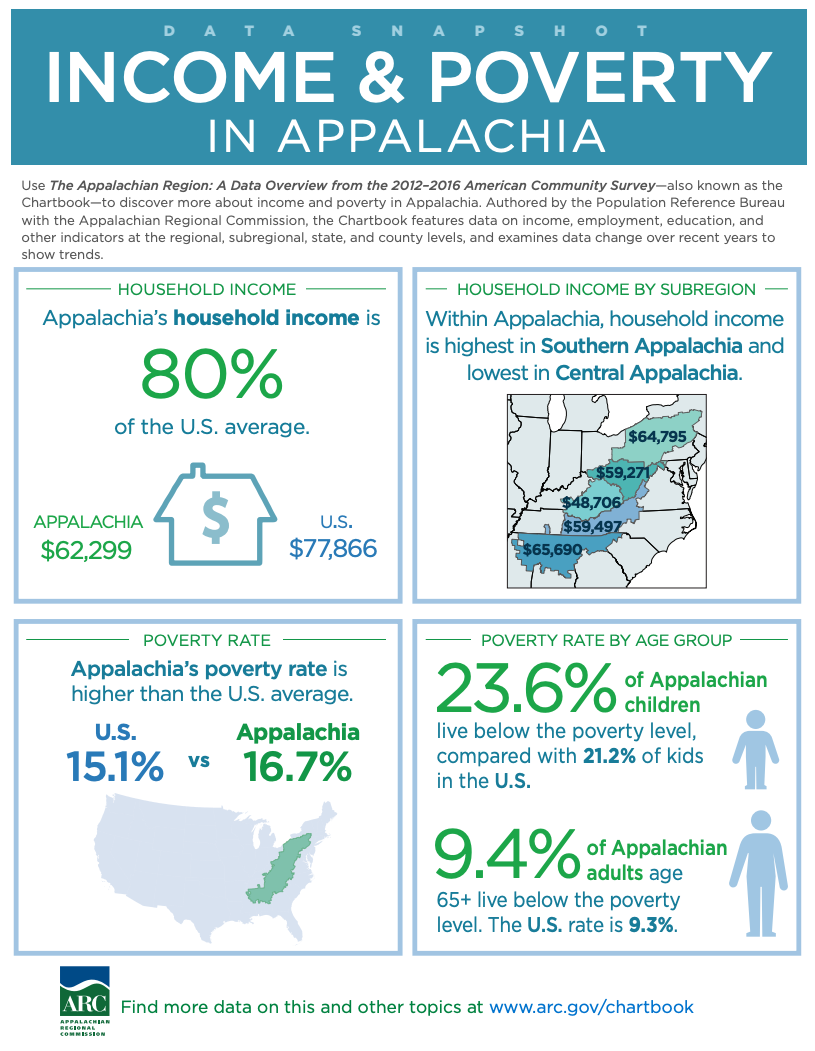
Project: Appalachia: Demographic and Socioeconomic Trends
(2018) The Appalachian Region’s aging population may pose challenges “down the road” for local governments and community service providers, say the authors of a new Population Reference Bureau (PRB) report for the Appalachian Regional Commission.

Project: Center for Public Information on Population Research (CPIPR)
Race may be a social construct but it’s one with consequences that may span generations. While both Black and white families can experience upward or downward wealth mobility from one generation to the next, studies show the dramatic socioeconomic disadvantages for Black families have persisted across generations.